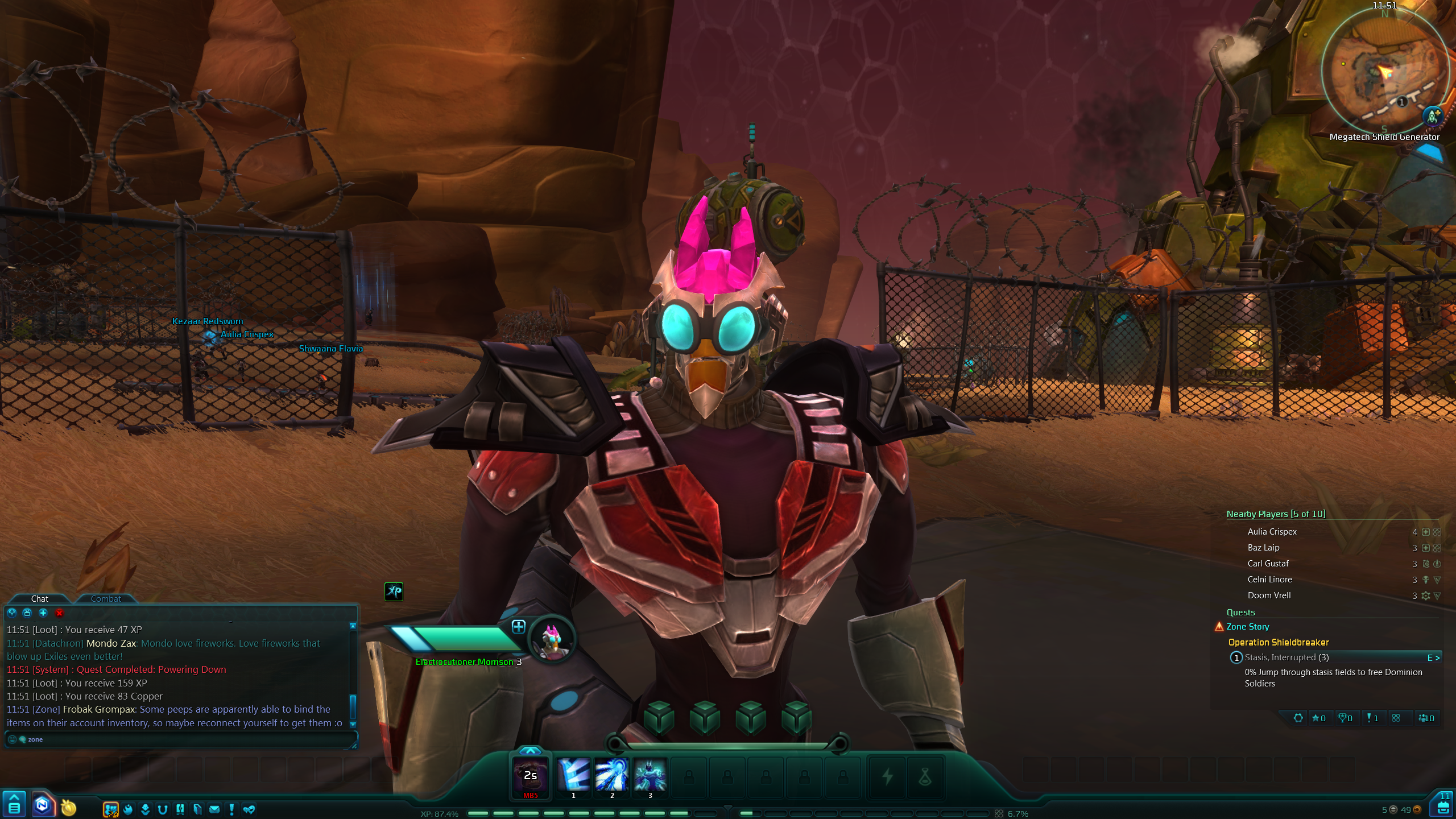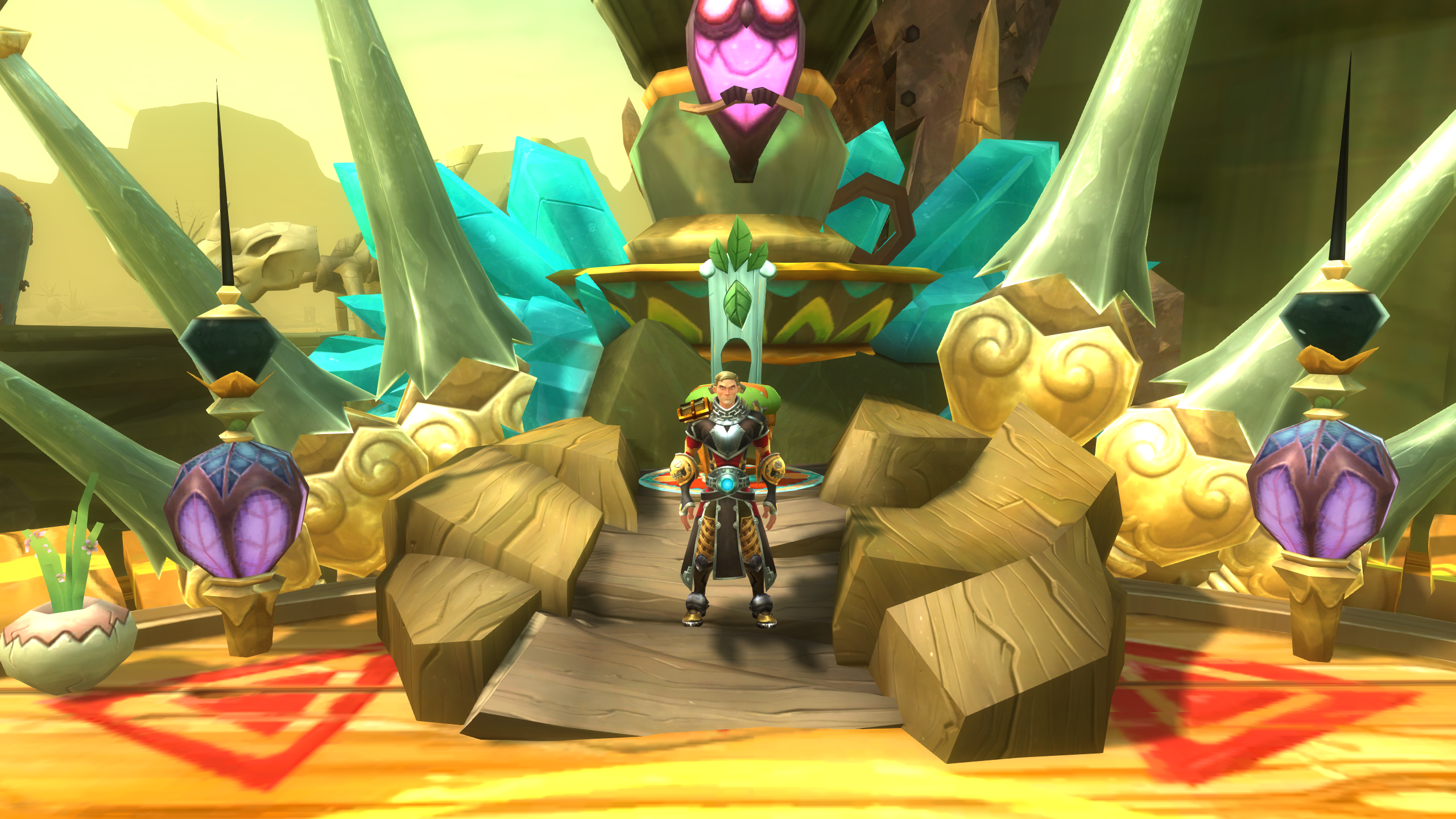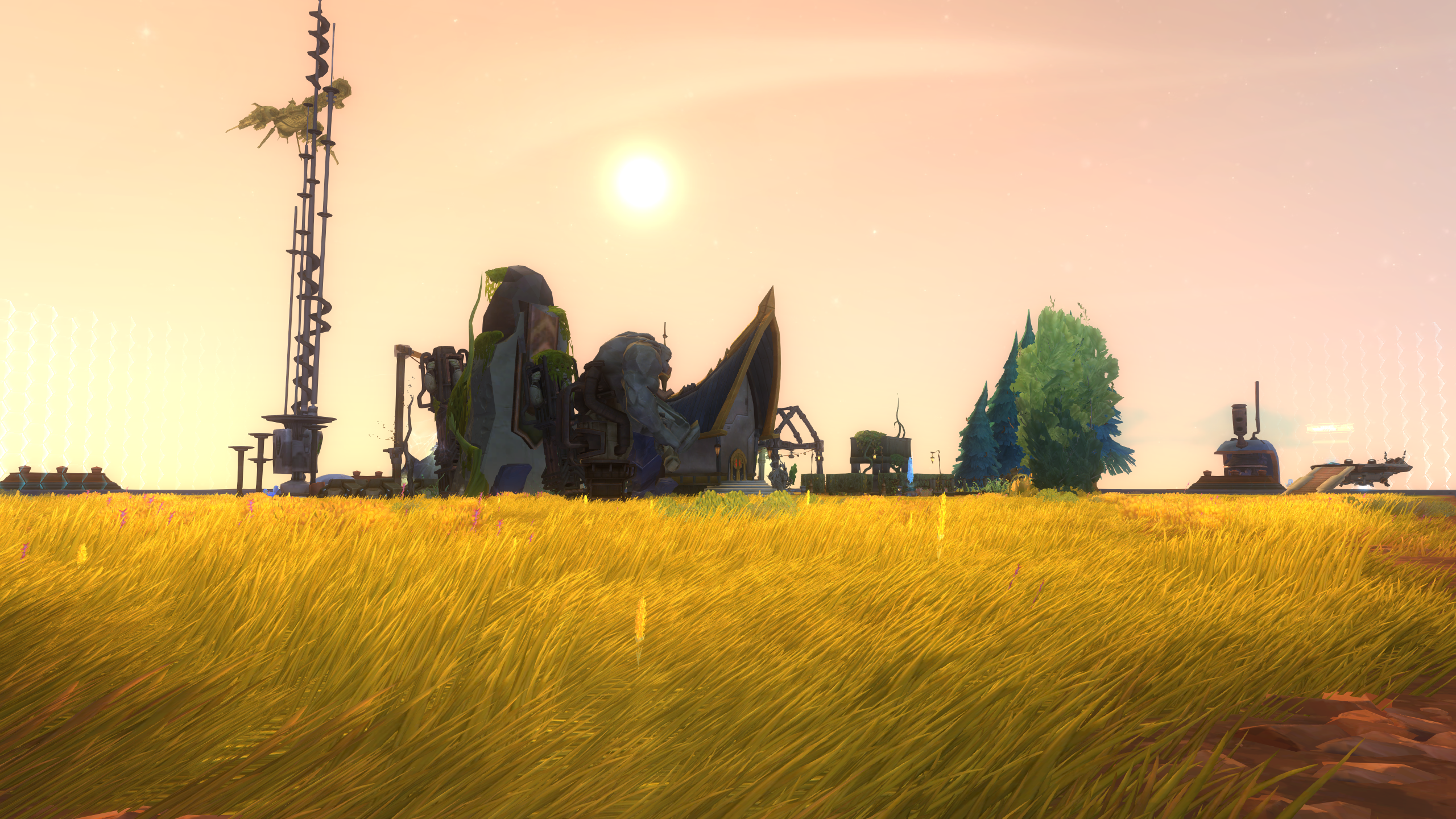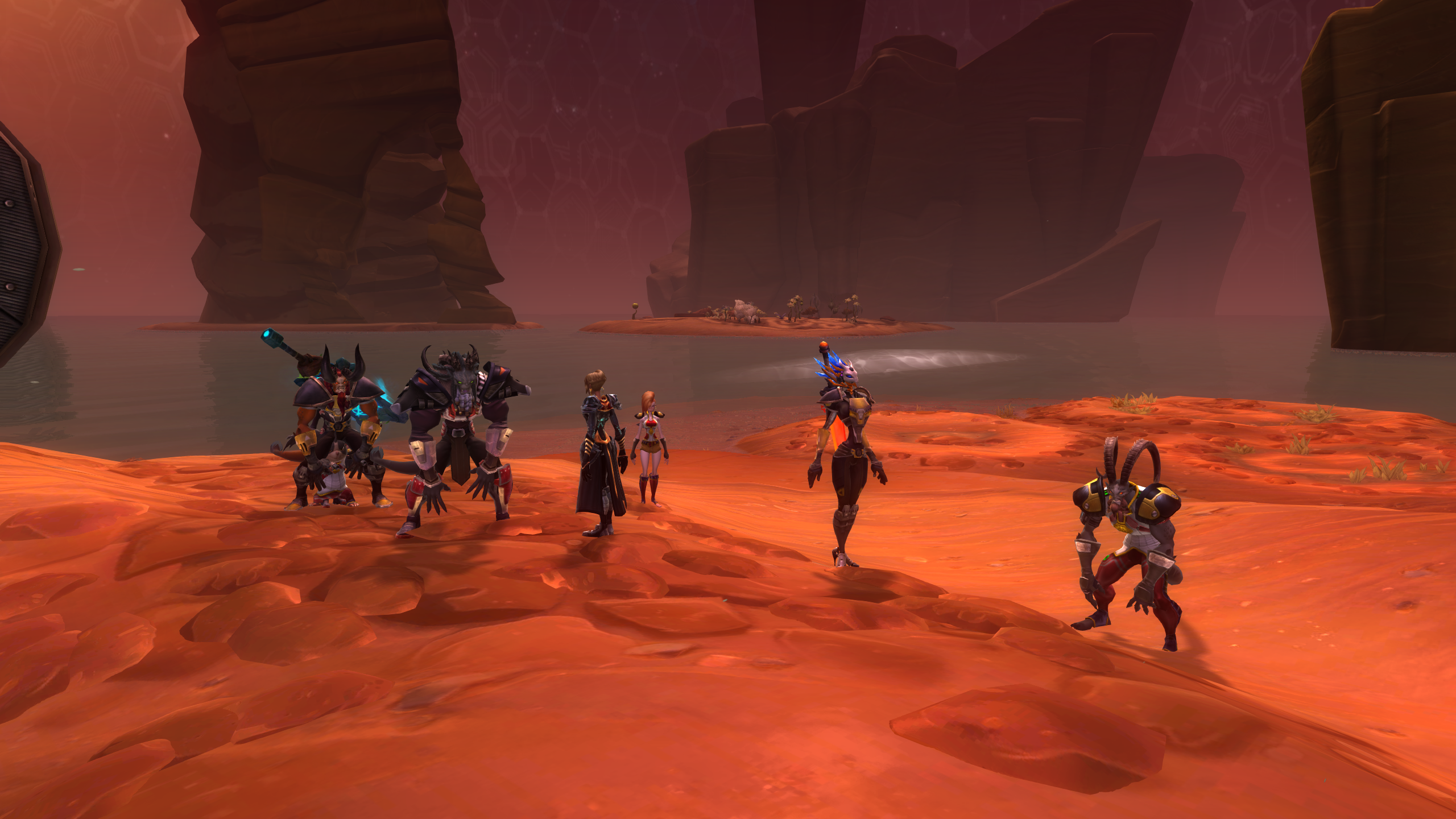Why I love Wildstar's telegraphs
Don't stand in the fire. Unless it's the green fire. Blue fire is probably safe.


In Why I Love, PC Gamer writers pick an aspect of PC gaming that they love and write about why it's brilliant. Today, Angus remembers a combat system dead before its time.
My heart bleeds for Wildstar. All that enthusiasm for the old-school, ‘hardcore’ MMO it promised to be evaporated the moment it went live. Wildstar strove to recapture the good ol’ days of rock-hard raiding, marathon dungeon runs and 40 vs. 40 PvP only to find that nobody wanted it after all (or at least, nobody wanted to pay £12 a month for it).
Failure to emulate the past isn’t how I like to remember the few months I played, however—Wildstar’s best feature was all-new. Innovation, not emulation, set Wildstar’s combat lightyears ahead of its aged inspiration.

The telegraph system introduced skill and dynamism to the classic MMO spell rotation. Few abilities relied on selecting a target. Instead, they unleashed hell within a projection on the ground—telegraphs, ranging from no-nonsense healing fields to concentric circles of pain. Almost every spell could be slung on the move, forcing you to strafe, dodge, double jump and aim to keep the enemy in your fire while staying out of theirs. The more evil the boss, the fruitier its outgoing telegraphs.
Wildstar’s quests are pure grind: kill this and that and extract their fungal toenails for reasons. Telegraphs made playing hunter-gatherer engaging, if not necessarily challenging. Muscle memory carried you only as far as your ability to get out of the way on cue. Whether herding cuboidal pigs, blasting mutant honeybees or escaping an erupting Skullcano, you had to dance the quickstep.

It wasn’t a perfect system, particularly when it came to Wildstar’s PvP ambitions. In a 10 vs. 10 arena the ground became a technicolour wash of unintelligible telegraphs—incoming fire, outgoing damage and healing were impossible to parse. Warplots—40 vs. 40 guild-owned battlegrounds—never took off. For your bread and butter adventure in the space-age Wild West, however, it was just enough to keep you questing.
Wildstar was built in thrall to the past. Whether it was the rosy glasses or bad business decisions that left it dead on arrival I doubt even the devs can say. Hubris probably played a part, as it does with so many fated ‘WoW killers’. But thanks to that rogue shred of innovation, Wildstar is worth remembering. How many MMOs achieve that much?
The biggest gaming news, reviews and hardware deals
Keep up to date with the most important stories and the best deals, as picked by the PC Gamer team.

